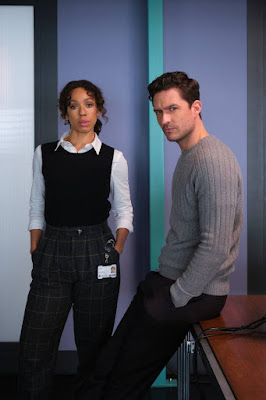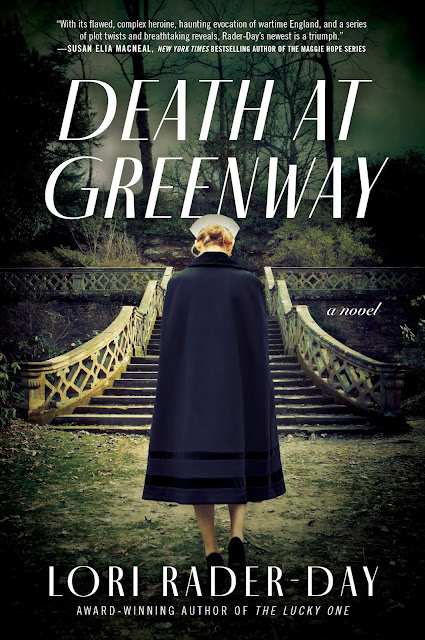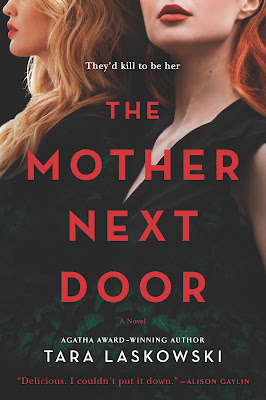DEBORAH CROMBIE: Happy Halloween, everyone! And since we're too old to trick or treat--well, most of us, anyway--we need another way to celebrate these crisp autumn evenings and my vote is CHILI.
I make sure to have the fixings in stock when we know that first sweater-weather night is coming. But what, exactly, goes in the chili? Beans or no beans? If beans, what kind? Meat or no meat? If meat, what kind? Beef? Regular ground or special chili grind? Straight up beef or half turkey? Or pork? Tomatoes? Onions? And once that is sorted out, what do you serve with it?
Texans are famously purists about chili, and beans are supposed to anathema, but I confess that we like beans in ours. I use kidney beans, but when I mentioned this to a friend the other day, she said that was disgusting and you should only use pintos. Hmm. I also confess that I use a chili kit, Wick Fowler's Two Alarm Chili. It has lots of chili powder, cumin, paprika, dried onion and garlic, and ground red pepper. You mix these spices with your browned ground meat, then add a can of tomato sauce and some water. I let this simmer for a few minutes, then add two cans of drained and rinsed beans and let it simmer some more. Another confession: we tone ours down to One Alarm or maybe Half an Alarm by only using a little of the red pepper, because we are wimps. It smells heavenly!
I usually use a combo of ground beef and ground turkey, but this time I used ground beef and ground pork (both from our lovely local butcher) and it was fabulous. That is now my go-to.
We top the bowls with some sour cream and grated cheddar, and I like some chopped green onions on mine. I also like cornbread, but the hubby insists on Saltine crackers, so I don't bother making the cornbread.
Sorry no photo of the finished bowl, but I was so hungry by the time the chili was ready that I forgot to take one! So my chili wasn't pretty but it was delish.
REDS, what's your take on chili?
LUCY BURDETTE: I really love the New York Times Cooking recipe for a slow cooker by Sarah DiGregorio. It’s got a zillion spices in it from mustard to cloves plus Worcestershire, maple syrup, beer...sounds like trouble but it’s so good! (Two kinds of beans Debs.) I try not to eat pork (because pigs are so smart), so I use ground beef. Delicious, and makes a lot!
And this would be perfect with Melissa Clark’s cornmeal muffins!
HANK PHILLIPPI RYAN: I love my chili, but it is not exotic and I have no secrets. (One of my pals uses sugar.). Ground beef or ground turkey--they REALLY are so different--Old El Paso mix. I know, boring. NO beans, but Jonathan likes them, so pinto and kidney, RINSED, taking all the beanie goop off. I often add cauliflower, which is AWESOME, and sometimes corn, also amazing, and broccoli. Realy, trust me, delish. Served with shredded cheddar and sour cream, of course. And sliced black olives. Yes, cornbread, but it is not a dealbreaker.
HALLIE EPHRON: I do not even know the difference between a pinto and a kidney bean, but then I’ve barely been to Texas…
I do make chili. It’s one of the basics here. With beans. Served over RICE. Topped with sour cream, grated cheddar AND chopped fresh cilantro. Yum.
I used to make it starting with dried chili pepper because most of the chili powder we get here just isn’t that good. But it is convenient and there’s something so familiar about the taste of chili powder.
So basically, sautee chopped meat (I like pork)
Remove the pork and in the same pan, sautee lots of chopped onions
Put the meat back in the pan and dump in a can of chopped tomatoes, chili powder, cumin, coriander, salt and pepper. To taste, really.
Simmer an hour or two.
Add a can of drained beans (I like black or kidney).
TASTE and if it needs it, add some hot sauce. Garnish and serve.
DEBS: Hallie, I like my chili on brown rice, too.
JENN McKINLAY: After twenty years of my chili in a crock-pot staple for the busy family of four that we were, I handed the cooking apron to the Hub two years ago and now he makes an all meat chili that is AMAZING. I have no idea how he does it. I’m just grateful that he does. All I know is that it’s spicy, I like to plop a dollop of sour cream on top, and eat it with Fritos. A lot of Fritos.
DEBS: Oh my gosh, Fritos! Fritos are the very best thing with chili. Sinful, but worth it on occasion.
JULIA SPENCER-FLEMING: Sounds yummy, Jenn! Ross was the dedicated chili-maker in the family; the one who would mix different meats and spices, etc, etc. I hate to sounds like an apostate, but all chili tastes more or less alike to me, other than the heat level. So when I make it, I’m pretty slapdash - ground beef, canned beans, packet of McCormick chili seasoning. I’m sure all the Texans reading this are cringing.
I do have a very good specialty chili recipe that I started making when the kids were in Drama Club in high school. Every play and musical had at least one all-day set build and/or rehearsal, and parents were asked to bring in lunch or dinner. All my kids had friends who were vegetarian, or vegan, or halal, and so I found a recipe that would work for all of them (it’s kosher, too!) Three different types of beans, veggies and diced tomatoes to make it chunky, lots of slow sauteing with the spices. Even meat-eaters like it.
Oh, and chili in my house is always accompanied by corn muffins. Yes, Jiffy corn muffin mix, $0.33 per box. I told you, I am the laziest cook that ever lived.
RHYS BOWEN: I used to make chili when I had four hungry kids and their friends to feed. These days John is averse to spices so I don’t make it and actually don’t really enjoy the harshness of Mexican chili powder compared with the Indian sort. A staple at family gatherings has been chili dip— can of chili plus packet of cream cheese melted together to eat with chips. That’s good.
DEBS: Readers, tell us how you make your chili!












































